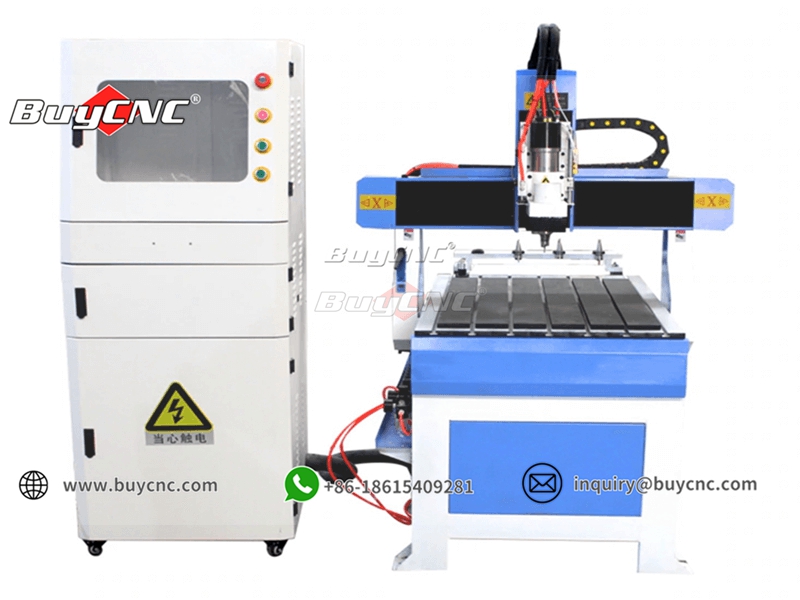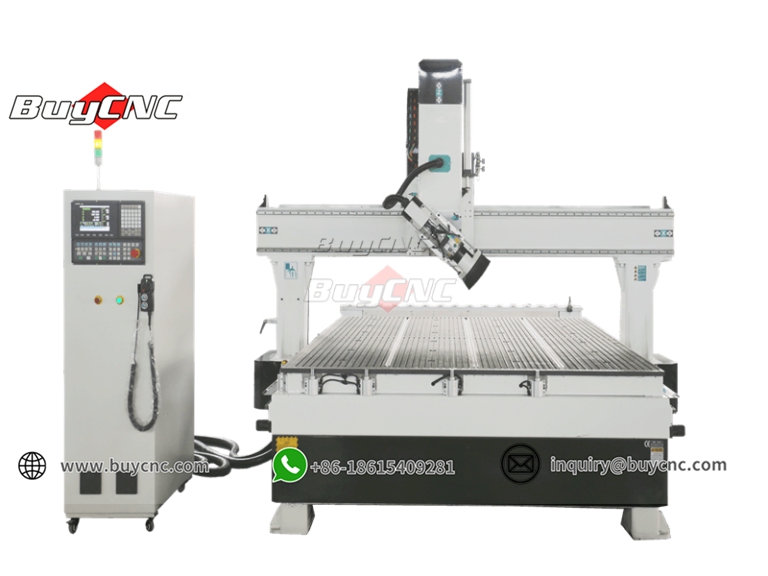Table of Contents
Carving machines for wood play an important role in industrial production, but during their operation, noise and dust emissions cannot be ignored. Noise not only affects the physical and mental health of operators, but may also cause interference to the surrounding environment; dust emissions may pollute air quality and even affect the respiratory health of employees. Therefore, it is of great significance to explore the noise and dust emissions during operation of the carving machine for wood and whether it meets environmental protection requirements.

Noise situation when the carving machine for wood is running
First, let’s take a look at the noise situation when the carving machine for wood is running. The noise mainly comes from the carving machine for wood motor, tool cutting and friction of mechanical parts. In order to reduce noise pollution, modern carving machines for wood are usually designed with low-noise motors and shock absorption measures to reduce noise levels. In addition, some advanced carving machines for wood are also equipped with noise cancellation systems to further reduce noise through technical means. However, the noise levels of different brands and models of carving machines for wood vary. Therefore, when selecting an carving machine for wood, you should fully consider its noise indicators to ensure compliance with relevant environmental protection standards.
Dust emissions during carving machine for wood operation
Next, we focus on the dust emissions when the carving machine for wood is running. During the engraving process, a certain amount of dust is generated when the material is cut. These dusts not only affect the working environment, but may also pose a threat to employees’ respiratory health. In order to reduce dust emissions, modern carving machines for wood are usually equipped with dust collection systems, such as vacuum cleaners, to effectively collect and process the generated dust. In addition, some high-end carving machines for wood also adopt closed structures to reduce the spread of dust. However, the issue of dust emissions still needs to be paid enough attention. When using carving machines for wood, companies should ensure that the dust collection system operates normally and is cleaned and maintained regularly to reduce the impact of dust emissions on the environment and employee health.
Environmental protection aspects of carving machines for wood
In terms of environmental protection requirements, various countries and regions have formulated corresponding standards and regulations to limit the noise and dust emissions of industrial equipment. Therefore, when companies purchase and use carving machines for wood, they should ensure that the equipment meets local environmental protection requirements. At the same time, enterprises should also strengthen environmental awareness and regularly conduct noise and dust emission testing and assessment of carving machines for wood to ensure that the equipment operates within the prescribed environmental standards.
In order to further improve the environmental performance of carving machines for wood, companies can also take the following measures: First, strengthen the training and management of operators to ensure that they use and maintain the carving machines for wood correctly and reduce unnecessary noise and dust generation; second, optimize the production process and Cutting parameters, reduce cutting force and cutting speed, thereby reducing the generation of noise and dust; third, use environmentally friendly cutting fluids and lubricants and other auxiliary materials to reduce the impact on the environment.

To sum up, the carving machine for wood will produce a certain amount of noise and dust emissions during operation. In order to comply with environmental protection requirements, companies should choose carving machines for wood with low noise and low dust emissions, and strengthen the cultivation and management of environmental awareness. At the same time, a series of measures are taken to reduce noise and dust emissions to create a healthier and more environmentally friendly working environment for employees.